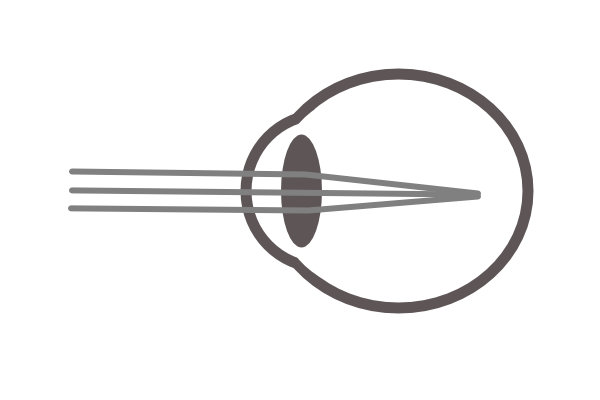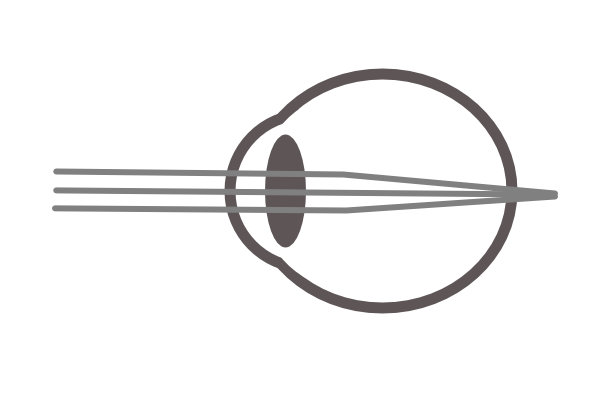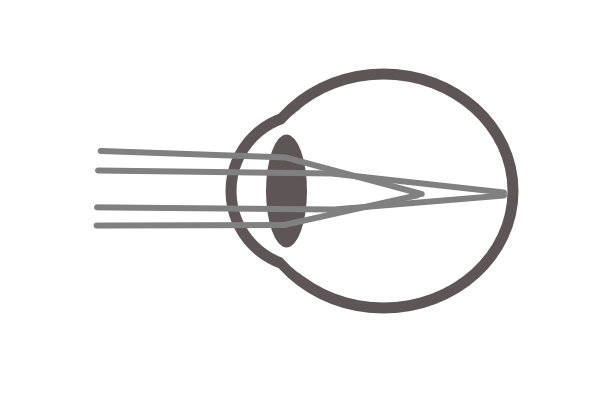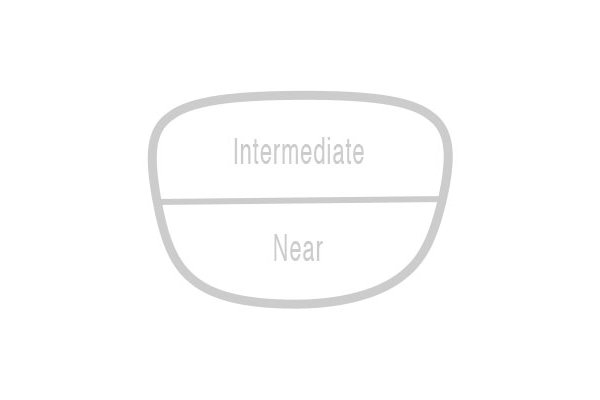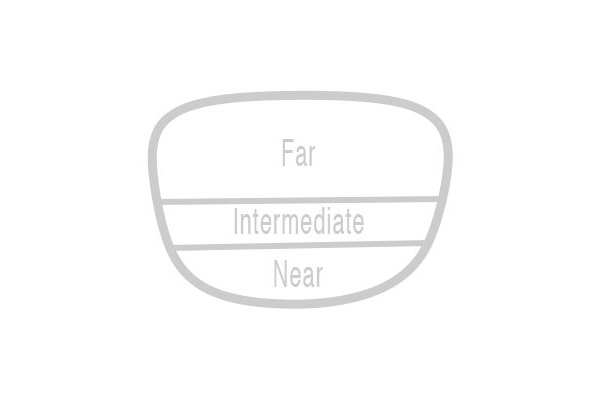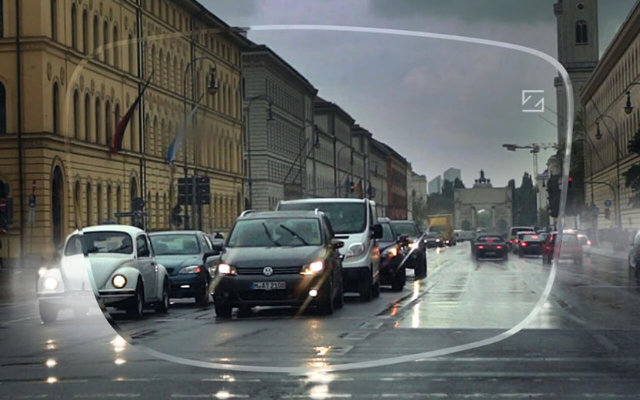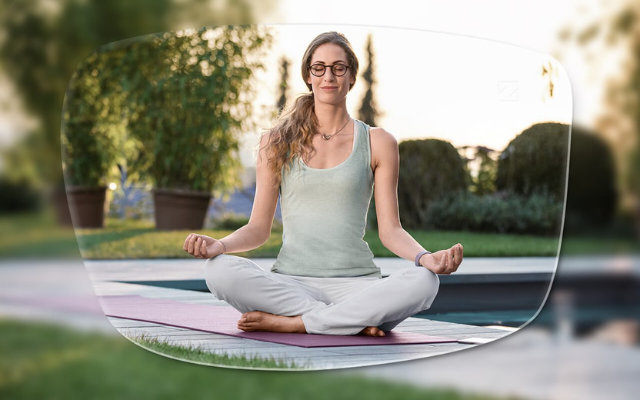
Spectacle Lenses
If you’re finding it hard to see clearly, it may be time for a pair of lenses or eyeglasses. We use our eyes all the time, from the time we wake up until we go to sleep at night, we watch, read and perceive objects. This is why it is essential to choose the perfect pair of lenses for yourself, as whatever you do, they will be helping you see.
source: www.zeiss.com.sg
